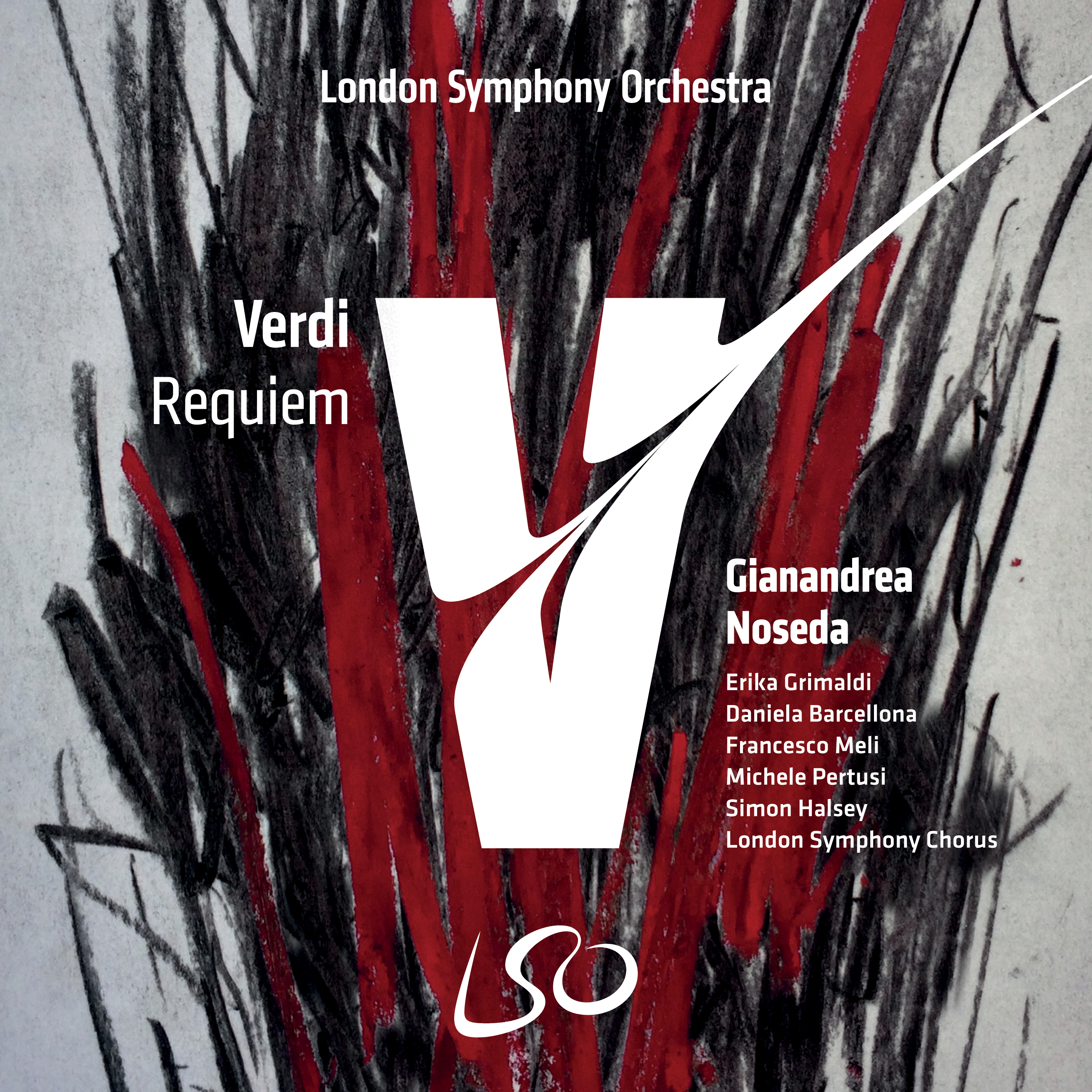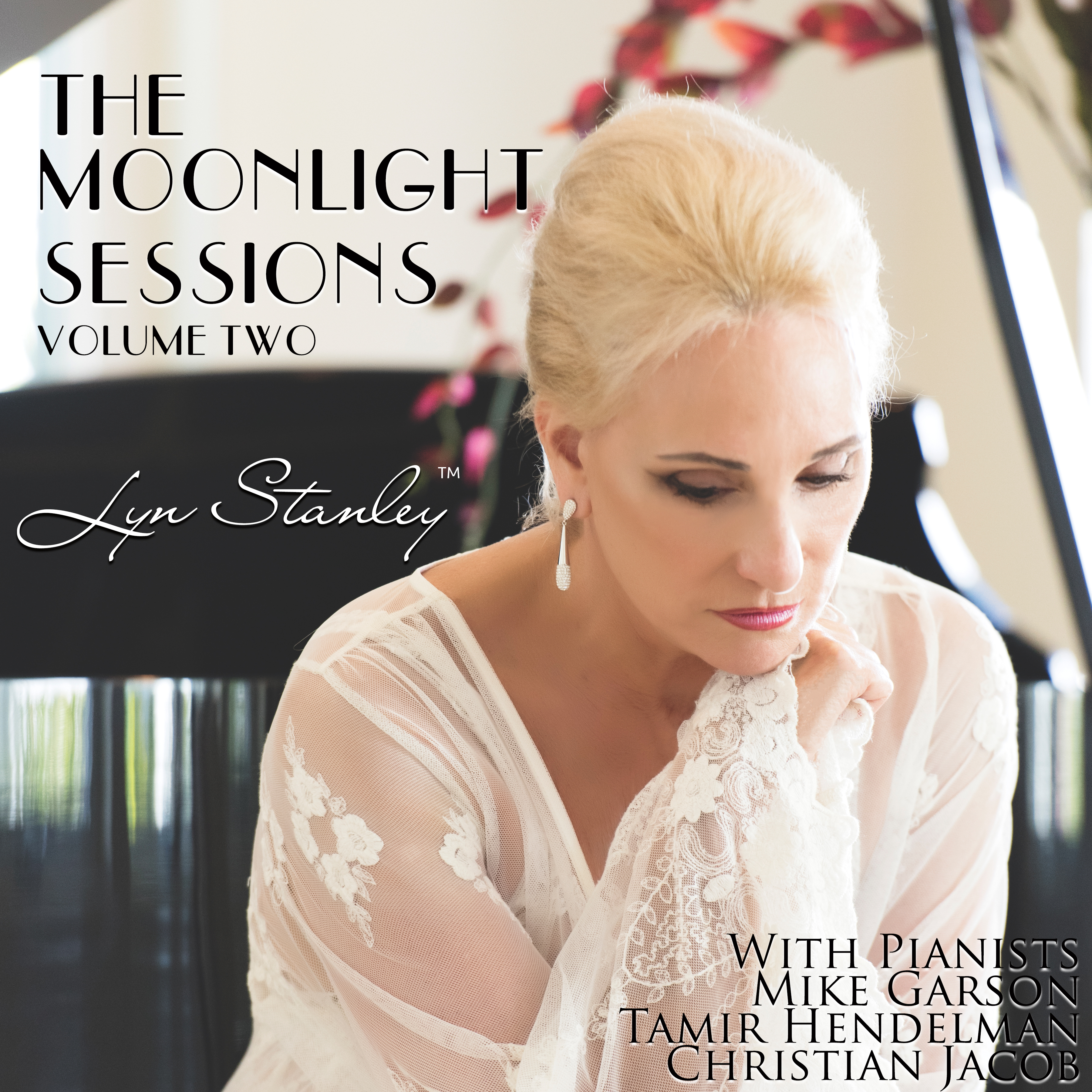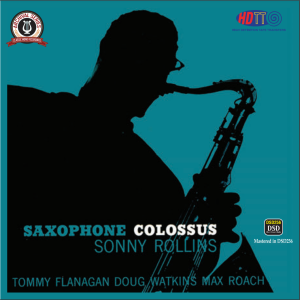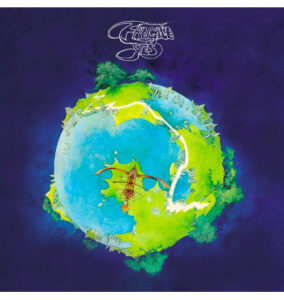Pal Szatmari
With this contribution, Positive Feedback adds to its music review community select contributions from NativeDSD.com's volunteer writers. This review was originally published as part of the "Call for Reviewers" programme initiated by NativeDSD.com. Eight carefully selected DSD listening reviewers have been writing for Blog.NativeDSD.com since late 2017.
The focus of these writers will be on their favorite DSD releases at NativeDSD. My love of DSD is well known, and many Positive Feedback readers share my deep appreciation for DSD as a reference format. These reviews should help all of us to be aware of some very worthy DSD titles that can be found and purchased at that site.
Our initial NativeDSD review is by Pal Szatmari. Pal is an English teacher and translator who lives in Hungary. Music has always played an important role in his life. As a child, he learned to play the piano, and later on he became interested in electronic keyboards. His favorite genre is progressive rock and avant-garde music, but Pal also listens to classical (mainly romantic and baroque) and jazz or fusion. The equipment Pál used for the review: Korg DS-DAC100, Marantz PM8005 integrated stereo amp, Dynaudio Excite X18 speakers, QED Reference Audio 40 interconnect, XT40 speaker cables.
This review can be seen in its original publication at https://justlisten.nativedsd.com/albums/JL006-the-contemporary-fortepiano. Information on purchasing this title in DSD, all the way out to Quad DSD, is available there. Note that this album is exclusively available in DSD at NativeDSD (in DSD 64, 128, 256 - stereo & multichannel), and is not available on SACD.
We welcome Pal to the pages of Positive Feedback!
I must confess it is very hard for me to write an introduction to my review of 'The Contemporary Fortepiano' by the Rembrandt Frerichs Trio simply because I want to rush to herald how fantastic this album is. Ever since I first sat down and played this recently added NativeDSD download (and played it again and again for several times in a row), I have been enchanted by it. It is fresh, lively and inspiring. Every minute of it is evocative. A celebration of the art of music.
Now that I have managed to lift the conclusion into the first paragraph, here is an introduction to this unique Dutch jazz trio. All three members graduated from the Royal Conservatory in The Hague, and have been playing together for 12 years now, winning recognition and awards in international festivals. On this album Frerichs plays a rare copy of the Walter fortepiano that stood in Mozart's house (!) and a 19th century harmonium he restored himself.
Bassist Tony Overwater plays the violone, a precursor of the double bass, and how wonderful it sounds—a perfectly chosen complement to the other instruments.
Percussionist Vinsent Planjer plays a unique instrument set of his own design, which sounds very melodic and exciting, adding a pleasant drive to the tracks, melding finely with the fortepiano lead and the bass but never pushing them—sometimes conjuring up the dance of warm raindrops during a summer shower.
About half of the tracks on the album were composed by Frerichs, while the remaining ones are credited to the other members, but you can find a splendid Hancock cover there as well (Butterfly). Influences through space and time abound: baroque, Latin, African, Armenian, Arabic, you name it. I cannot help it, but one of the tracks (Escher) even reminds me of Philip Glass. But wherever the inspiration comes from, each track has a fine arch in its structure from start to finish. A diverse album which through the talent of the wonderful musicians manages to hold together as a whole. Highlights to me are the aforementioned 'Escher' with its special atmosphere and delicate raindrop-like percussion sounds; 'Le Badinage' with the ebb and flow of its beautiful melody as it is played by and passed on to each member of the group; while the main feature on the album is the track called 'Offering,' built up cleverly and showcasing the synergy of these extraordinary musicians (hint: if you have a selection of DSD tracks to demonstrate the capabilities of the format and your sound system, this one belongs there!); and then I also love 'Hak en Tak' for the violone.
What helps this heartwarming music to come and immediately grab the listener is the exceptional sound quality. It is right there with the best of the best. I am only able to play DSD128 stereo (the recording was made in DSD256 stereo and multi-channel) and it is a real joy—whether you choose to play it at a lower volume or decide to crank it up.
It may well end up as the album of the year for me (and the trio as the discovery of the year—thank you NativeDSD!). I hope there will be other recordings available from this trio in the future—in the form they deserve: DSD.
All images courtesy of NativeDSD.com.





































